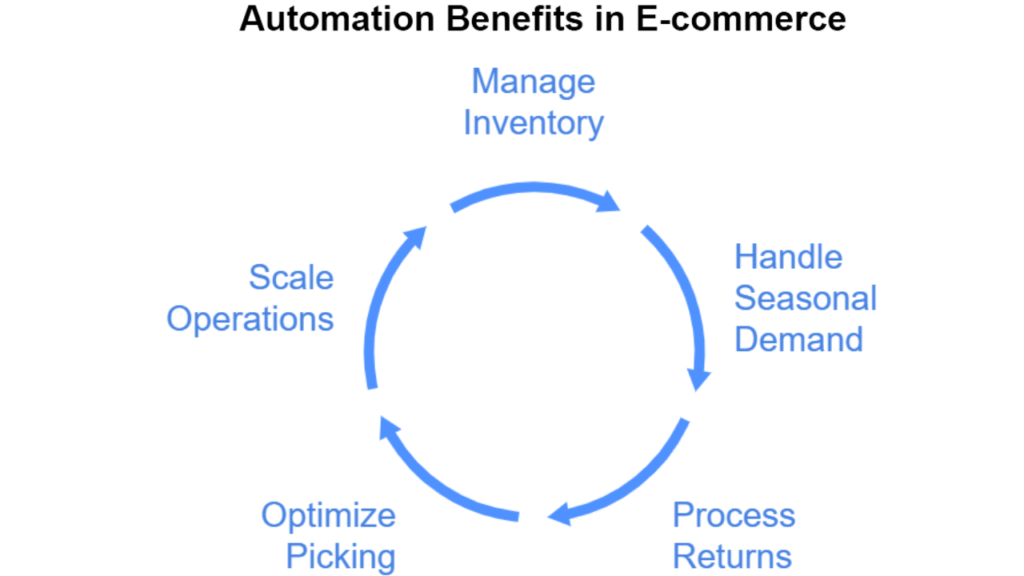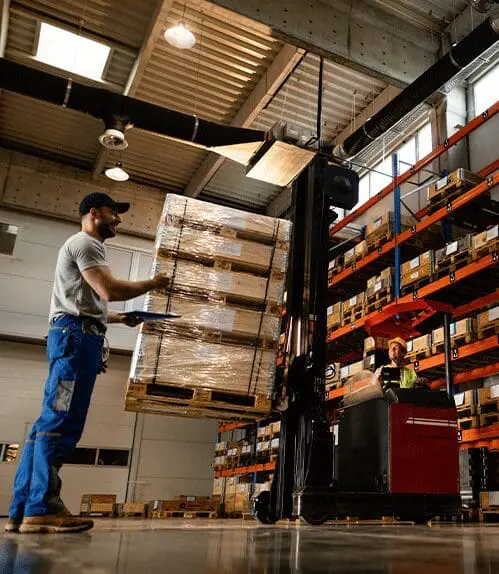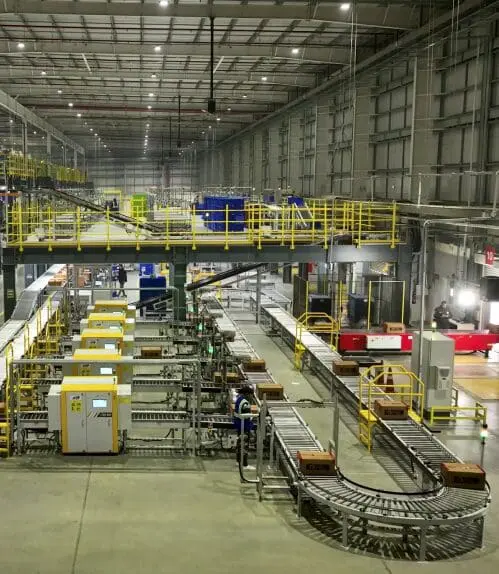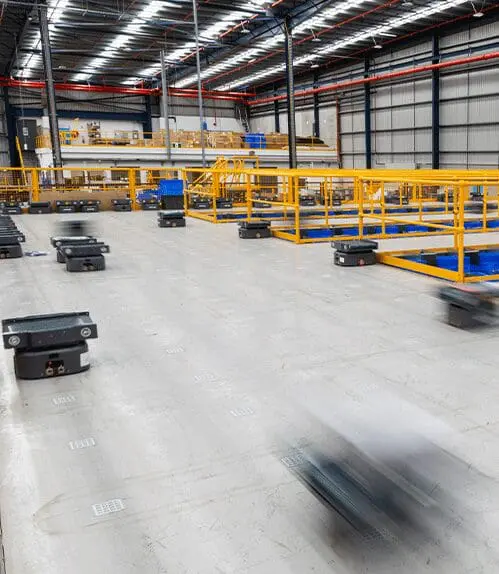Table of Contents
The global e-commerce market size was estimated at USD 25.93 trillion in 2023 and is projected to grow at a CAGR of 18.9% from 2024 to 2030.
To establish a strong brand presence in the rapidly expanding automation in ecommerce industry, businesses must go beyond offering a compelling product collection and seamless checkout experience. Providing an exceptional fulfillment process is now a cornerstone of customer satisfaction. Recent research indicates that 67% of customers are likely to switch brands if their orders are inaccurate or delayed. As businesses grow and aim to enhance market penetration, designing a robust, efficient, and customer-centric supply chain becomes indispensable for driving loyalty and competitive advantage.
Eventually, all e-commerce enterprises realise that the final frontier is to conquer in warehouse management. The e-commerce inventory management automation technique will be a game changer in the way warehouses work since it improves operational efficiency, provides future scalability, and allows for flexibility.
Companies that understand automation, transition early, and navigate it with ease will be the ones standing when the dust settles. Advances in automation, robots, artificial intelligence, and machine learning will change the way fulfilment is done. Ecommerce is a behemoth sector; therefore, its automation approach includes not just knowing when to automate, but also where to automate and how much.
Benefits of Automation

Inventory Management
Inventory management is strongly related to a company’s finances. Because of the enormous number of SKUs handled in an ecommerce warehouse, accurate inventory control is critical. Accurate inventory will provide you a bird’s-eye view of the revenue potential from each storage location.
Seasonal Demand and Sortation
Because they sell a diverse range of products, e-commerce businesses are vulnerable to seasonal demand swings. Automation in ecommerce assist businesses in predicting demand patterns while also allowing warehousing operations to scale up and down nearly instantaneously, which is not achievable in a manual system. Furthermore, with mobile robots and sorting robots, the process of sorting deliveries becomes considerably simpler and more cost-effective.
Return Handling
Returns management necessitates highly automated tracking, replenishing, storage, and retrieval actions all in one. Efficient software solutions must be installed for data integration across all sub-tasks, resulting in an enhanced customer experience.
Picking
The flexibility of diverse product options provided by automation in ecommerce improves customer retention on the one hand but makes the process of gathering these things in a warehouse, known as Order Picking. Automation in ecommerce boosts productivity in order picking operations by removing non-value-added activities like as walking and looking for items, while also improving picking accuracy through advanced software. Goods-To-Person Automated systems can process 1200 picks per hour, which is a 1000% increase over manual systems.
Scale of Operations
One of the problems that e-commerce players often face is that the warehouse capacity becomes full by the time it becomes operational, such is the increase in demand that we are witnessing. Automation in ecommerce allows you to use the height of the warehouse with solutions like Pallet ASRS System, Mini-Load systems and carton shuttle systems. This changes the paradigm by giving more space to expand in the same warehouse and any player can easily scale up in an existing warehouse by utilising the height rather than looking for new warehouses for different scale of operations.
END NOTE
Customers’ behaviour in response to technologies is translating into speed expectations for business and the question for every e-commerce business is “How fast can you deliver?”
The key is to define a winning strategy with the right mix of automation, which helps in reducing the operational cost and increasing product velocity should be able to firmly help e-commerce companies to deliver customer delight and business value.

FAQ
How can automation improve order processing in e-commerce?
Automation in ecommerce streamlines order processing by integrating systems like Warehouse Management Systems (WMS) and order management platforms. It reduces manual errors, speeds up order fulfillment, and enhances customer satisfaction.
What role does automation play in inventory management?
Automation tools like Automated Storage and Retrieval Systems (ASRS) and inventory tracking software ensure real-time inventory visibility, reduce stockouts or overstocking, and optimize storage space.
How does automation enhance customer service in e-commerce?
Chatbots and AI-driven customer support systems provide instant responses to common queries, process returns or refunds quickly and improve the overall shopping experience.
Can automation help in marketing and customer engagement?
Yes, automation in ecommerce platforms can personalize email campaigns, recommend products based on browsing behaviour, and analyze customer data to create targeted marketing strategies.
What are the benefits of using automation in logistics and delivery?
Automation in logistics, such as route optimization software and autonomous delivery systems, ensures faster and more accurate deliveries while reducing operational costs.





